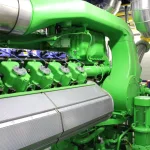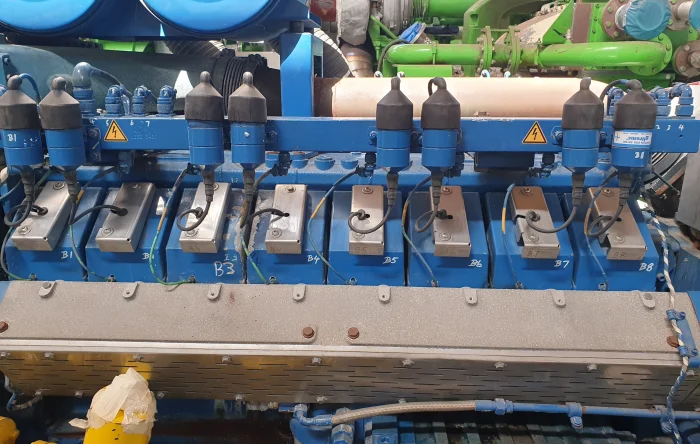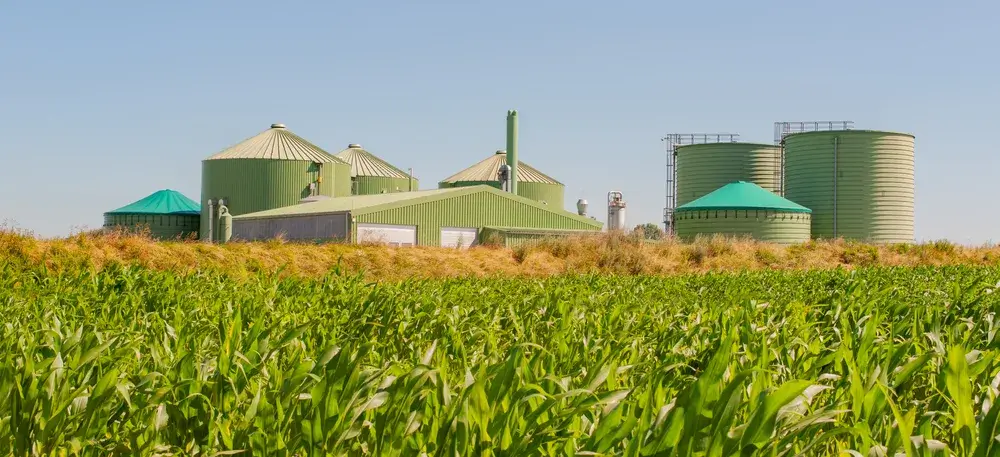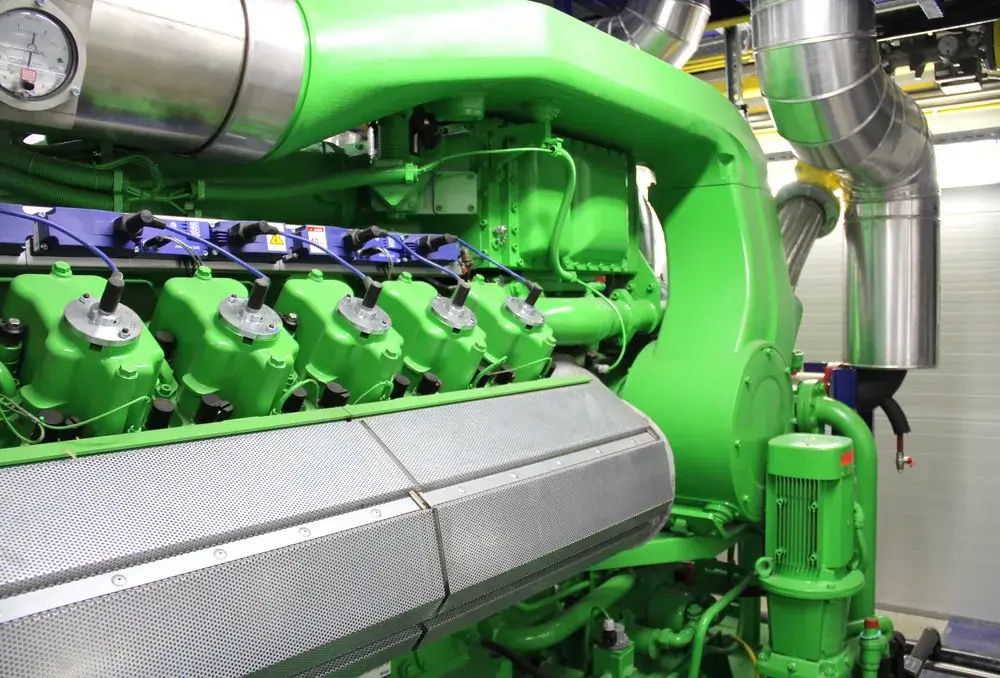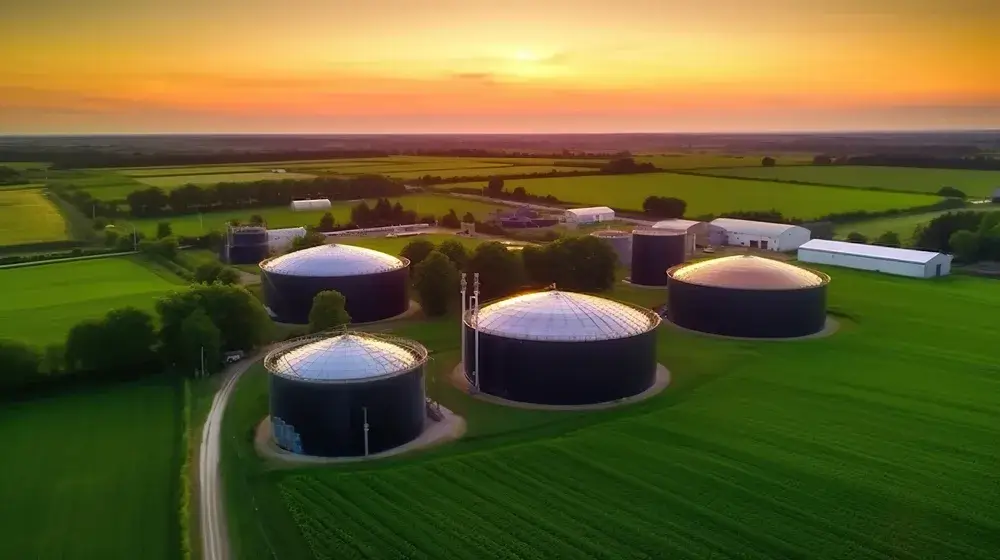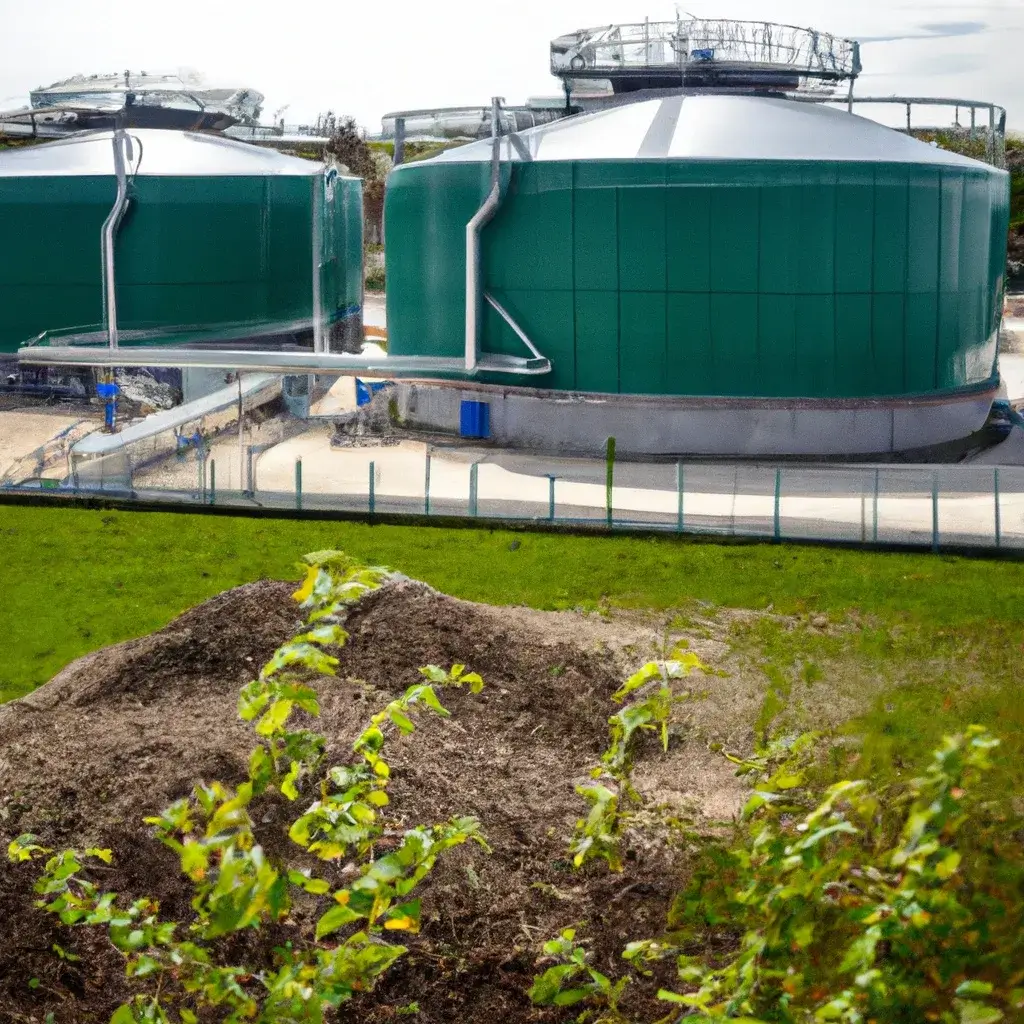Meaning of CHP: What does the abbreviation stand for?

CHP stands for Combined Heat and Power, a highly efficient process that simultaneously produces electricity and heat from a single energy source. This system, also referred to as cogeneration, captures the heat that would otherwise be wasted during power generation, making it a more sustainable and cost-effective solution compared to separate heat and electricity production.
CHP systems are widely used in various sectors, from industrial plants to residential homes, and they play a key role in reducing energy waste and lowering carbon emissions. In this article, we’ll break down what CHP means in detail and why it’s a game-changer for energy efficiency.
CHP – decrypting the acronym
CHP stands for Combined Heat and Power, a system designed to produce electricity and useful heat simultaneously from a single energy source. Instead of wasting the excess heat generated during electricity production, CHP captures and utilizes it for heating purposes, improving overall energy efficiency. CHP is typically situated close to where the produced energy is needed, and can be based on various fuels.
This dual production process makes CHP systems more effective than conventional energy generation methods, allowing for better resource use and significant energy savings. In both industrial and residential settings, CHP in renewable energy production¹ plays a critical role in achieving energy goals while reducing environmental impacts.
¹ Office of Energy Efficiency & Renewable Energy: Combined Heat and Power Basics. https://www.energy.gov/eere/iedo/combined-heat-and-power-basics. Accessed: 2024/09.
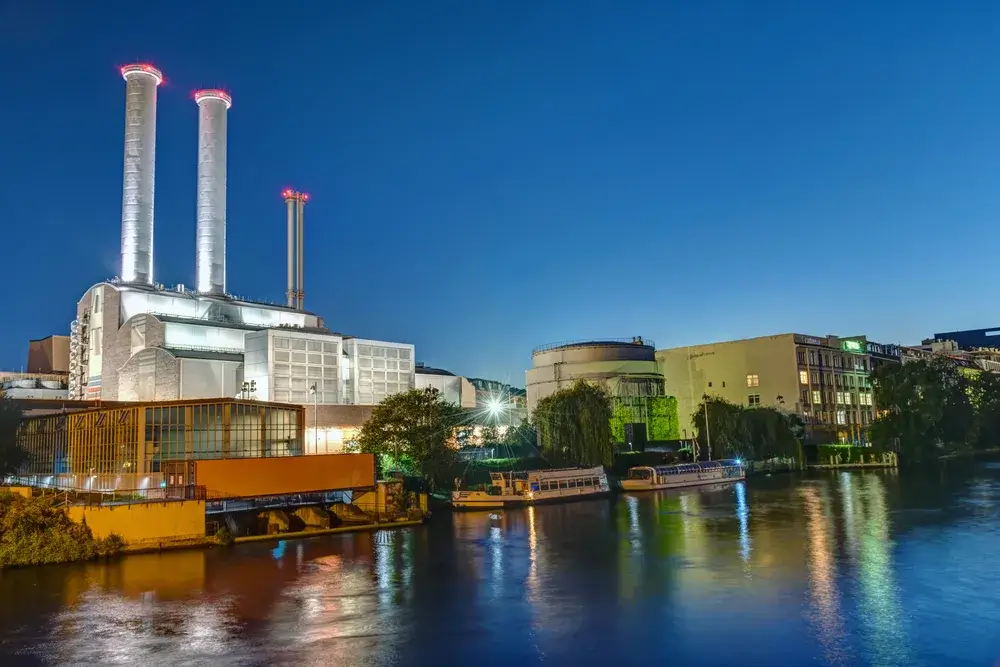
Combined heat and power generation vs. separate energy generation
The efficiency of Combined Heat and Power (CHP) systems lies in their ability to produce both electricity and heat from a single fuel source, minimizing energy waste. In contrast, traditional separate energy generation methods, where heat and electricity are produced independently, are considered less efficient – up to two-thirds of the energy generated is wasted, e.g. as heat that is simply released into the environment. ²
CHP systems, however, capture this excess heat and put it to productive use, such as heating buildings or driving industrial processes, resulting in significantly higher energy efficiency. By utilizing both heat and power from one process, CHP systems typically achieve efficiency levels of more than 80%. This makes CHP a more sustainable and cost-effective option for industries and buildings aiming to reduce energy waste and improve environmental friendliness.
Types of CHP
Among the various types of CHP, there are two configurations of combined heat and power generation plants that are particularly widespread:
- Combustion Turbine or Reciprocating Engine + Heat Recovery Unit: In this setup, a combustion turbine or reciprocating engine generates electricity, and the waste heat produced during the process is captured and used for heating. This is common in industrial settings, where both electricity and large amounts of heat are required. The heat recovery unit significantly boosts the overall efficiency by utilizing what would otherwise be wasted energy.
- Steam Boiler + Steam Turbine: In this configuration, a steam boiler produces steam, which powers a steam turbine to generate electricity. The leftover steam is used for heating or other industrial processes. This setup is particularly suitable for facilities that need both power and substantial thermal energy, such as manufacturing plants.
Source: United States Environmental Protection Agency: What is CHP?
Combined heat and power generation with (bio-)gas engines – increasing efficiency even further
In Combined Heat and Power (CHP) systems, gas engines, often configured as gensets (engine-generator sets), are integral to generating both electricity and heat from a single fuel source. These engines, e.g. powered by natural gas or biogas, not only provide electricity but also capture and repurpose the heat produced during combustion. This heat can be used for a variety of purposes, such as space heating, water heating, or industrial processes, greatly increasing the efficiency of the system.
Biogas engines provide a particularly sustainable solution by using waste materials like agricultural byproducts or organic waste. By converting waste into energy, biogas engines help reduce both the costs for CHP³ fuels and environmental impact, making them ideal for green energy projects.
Dedicated companies like PowerUP enhance the performance of these gas engines through a range of specialized services. With a focus on engine optimization, condition-based overhauls, and upgrades, PowerUP offers tailor-made solutions such as high-quality spare parts, including cylinder heads, engine pistons, and spark plugs, which improve engine durability and efficiency.
Additionally, PowerUP’s remote monitoring and diagnostic tools ensure real-time engine performance tracking, allowing for prompt maintenance and reduced downtime. By leveraging these advanced services, PowerUP maximizes the reliability, efficiency, and longevity of gas engines within CHP systems, leading to enhanced operational performance and significant cost savings.
²United States Environmental Protection Agency: What is CHP? 2024/02. https://www.epa.gov/chp/what-chp. Accessed: 2024/09.
³GOV.UK: Combined Heat and Power. 2020/06. https://www.gov.uk/guidance/combined-heat-and-power. Accessed: 2024/09.

